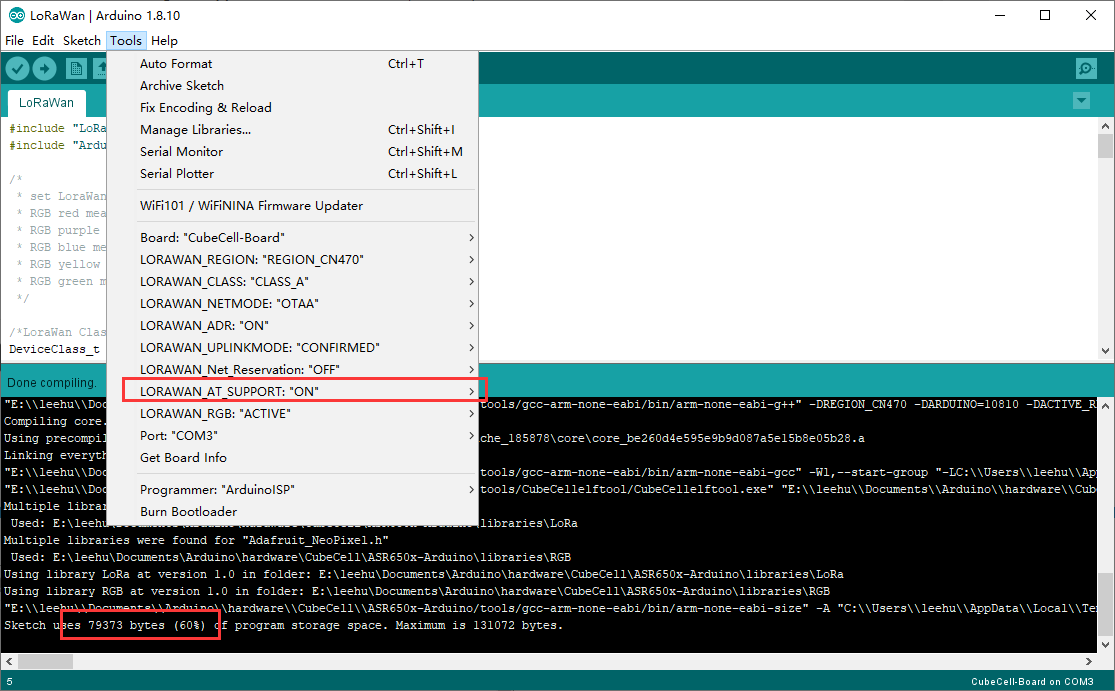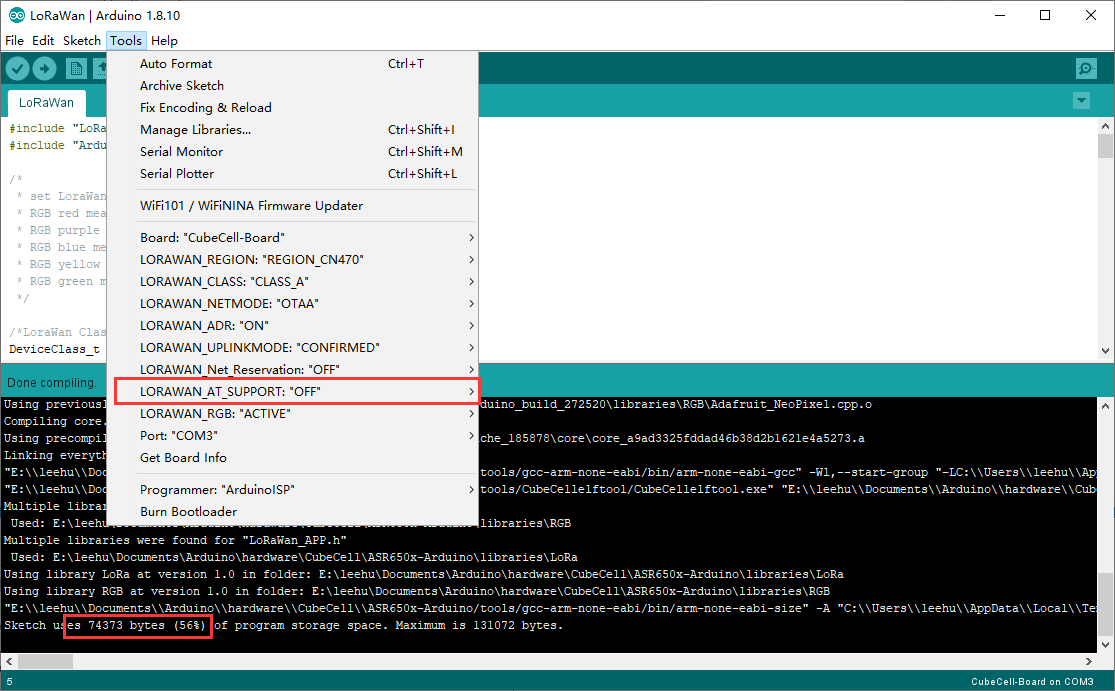I’m trying to understand the missing pieces of the ‘Power management system’ part in the HTCC-AB01 diagram to find out how to properly connect power to the board (and how not) in order not to damage it. There are Vusb, Vin, Vs(olar), VDD and Vext and their relation and what can and cannot be connected at the same time does not become clear from the circuit diagram (because parts are missing).
E.g. is it safe to connect USB and Vin at the same time?, is it safe to connect USB and a solar panel at the same time? Are these protected by the ‘power management and charging system’ or not? This does not all become clear from the diagram and documentation.
In the HTCC-AB01 circuit diagram some essential parts of the ‘Power management system’ are only represented by ‘functional blocks’ (black boxes) which hides their actual implementation. 
The diagram shows that:
- Vin is directly connected (via fuse) to USB power. The board should therefore be powered either via USB or via Vin but NEVER both.
While trying to figure out how things are connected I noticed that:
- Vin is connected via Schottky diode (D4) to pin VS (Vsolar).
VS is the input pin for connecting a solar panel and serves as input for the battery charger chip.
When both a solar panel and Vin or USB are connected, current may flow from Vin to the solar panel (which the panel normally ‘will not like’).
To protect the solar panel from possible reverse current, it should be connected to pin VS with an external (Schottky) diode in series. That diode is not provided in the ‘Charging management system’ and is not integrated on the board.

